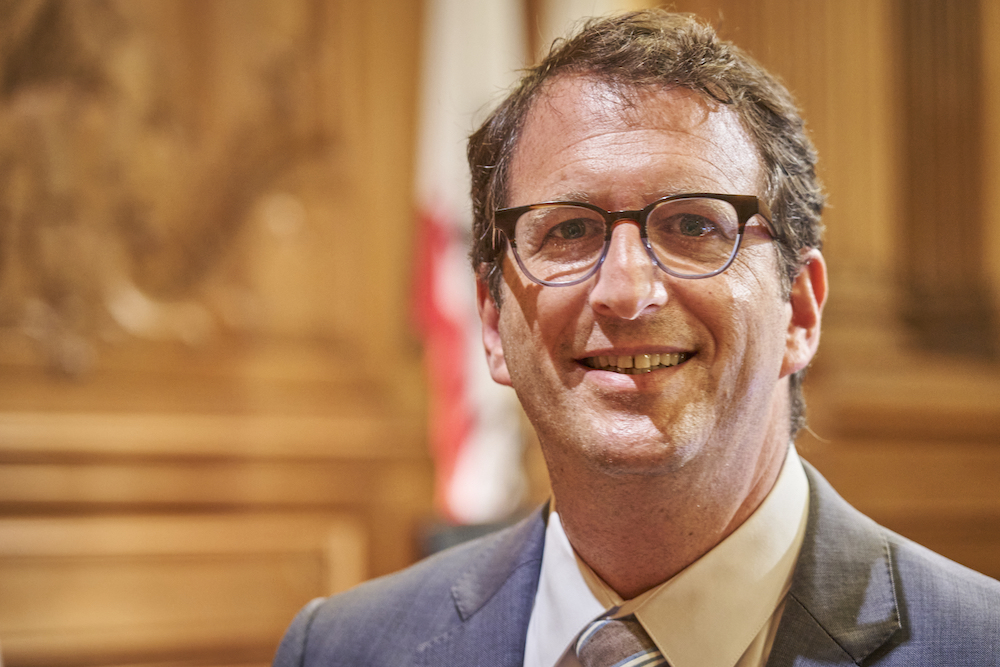In 2023, San Francisco announced its goal of having 82,000 new homes built by 2031 in order to address affordability and overcrowding concerns. This would require the city to build 28 new units every day for the entire eight year span of the project.
The city’s goals include 46,000 units of affordable housing. But only 871 were built in 2023.

A new funding program developed by the US Department of Housing and Urban Development (HUD) could alleviate this issue—if the city takes advantage of it. Called Faircloth-to-RAD, the program debuted in 2021 with the first new affordable units being built in Galveston, Texas.
RAD is short for Rental Assistance Demonstration, a HUD program that launched during the Obama administration. It would allow public housing authorities to convert subsidized public housing units to Section 8 subsidies, and potentially attract private investors to help cover repairs.
“Faircloth” is a reference to Faircloth Authority, which is a cap on the number of Public Housing units that the Federal government is allowed to subsidize. Due to years of government disinvestment and conversions of public housing to other use, the number of public housing units has dwindled and an estimated 277,000 units have been lost since 1999. Faircloth-to-RAD subsidies do not directly fund construction or rehabilitation but act as a long-term rental contract that can be leveraged for additional private and public financing.
Renters in Section 8 housing pay 30 percent of their adjusted household income, which, coupled with the low amount of subsidy money Congress gives out, does not even out to the market rate of SF’s high rents, nor does it cover the necessary maintenance needed for older units.
As an incentive to keep public housing attractive to developers, a rent augmentation program has also been introduced for Faircloth-to-RAD conversions. This augmentation would act as a subsidy on top of a subsidy, essentially bringing the income of the units closer to the average income of a regular San Francisco unit.
Supervisor Dean Preston’s chief of staff, Preston Kilgore, said in an interview that their office asked asked the Breed Administration to look into the RAD program back in 2022. However, it wasn’t until this month, when the Board of Supervisors unanimously passed a resolution calling on SFHA to release a call for interested developers, did SFHA and the Mayor’s Office of Housing and Community Developmen confirm that they plan to do a feasibility analysis of the program this year.
SFHA has some hesitations over Faircloth-to-RAD, however. “The program only provides low level rent subsidizes [sic]… which cannot support the operations of a typical affordable housing unit,” said an SFHA spokesperson. “Also, the Faircloth-to-RAD program does not provide construction financing, which must be leveraged/augmented by other funds to cover costs of development.”
According to Kilgore, fully utilizing Faircloth-to-RAD would add nearly 4000 new affordable units to the city, getting SF closer to its housing goal.
“Putting it out there for developers… doesn’t have a downside,” said Kilgore. “We may get a few applicants, we may not get a few applicants, but putting it out there so that developers have the option to explore it is the bare minimum.”
HUD can create up to 455,000 Faircloth-to-RAD units nationally, but cities looking to opt in have to claim them before September and put forward proposed projects. This doesn’t mean that San Francisco would have to commit to actually building those units, but they would have to essentially reserve their funding. Other cities like Boston and Los Angeles have already released RFQs for interested developers.
After this September HUD will not be taking any more applications for the rent augmentation program for Faircloth-to-RAD units, in order to assess if further support is necessary, and the RAD program itself will be sunsetted in 2029.




